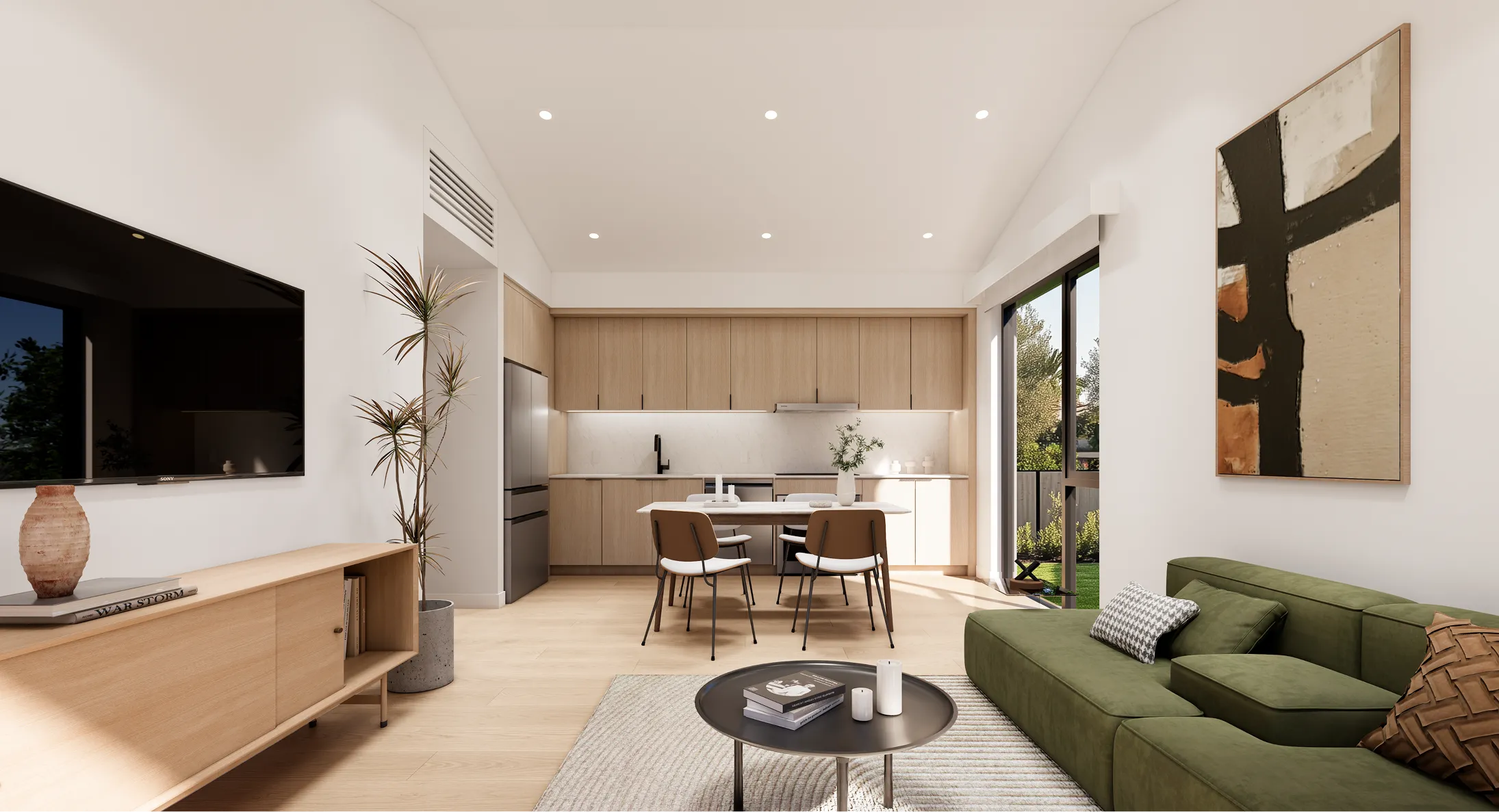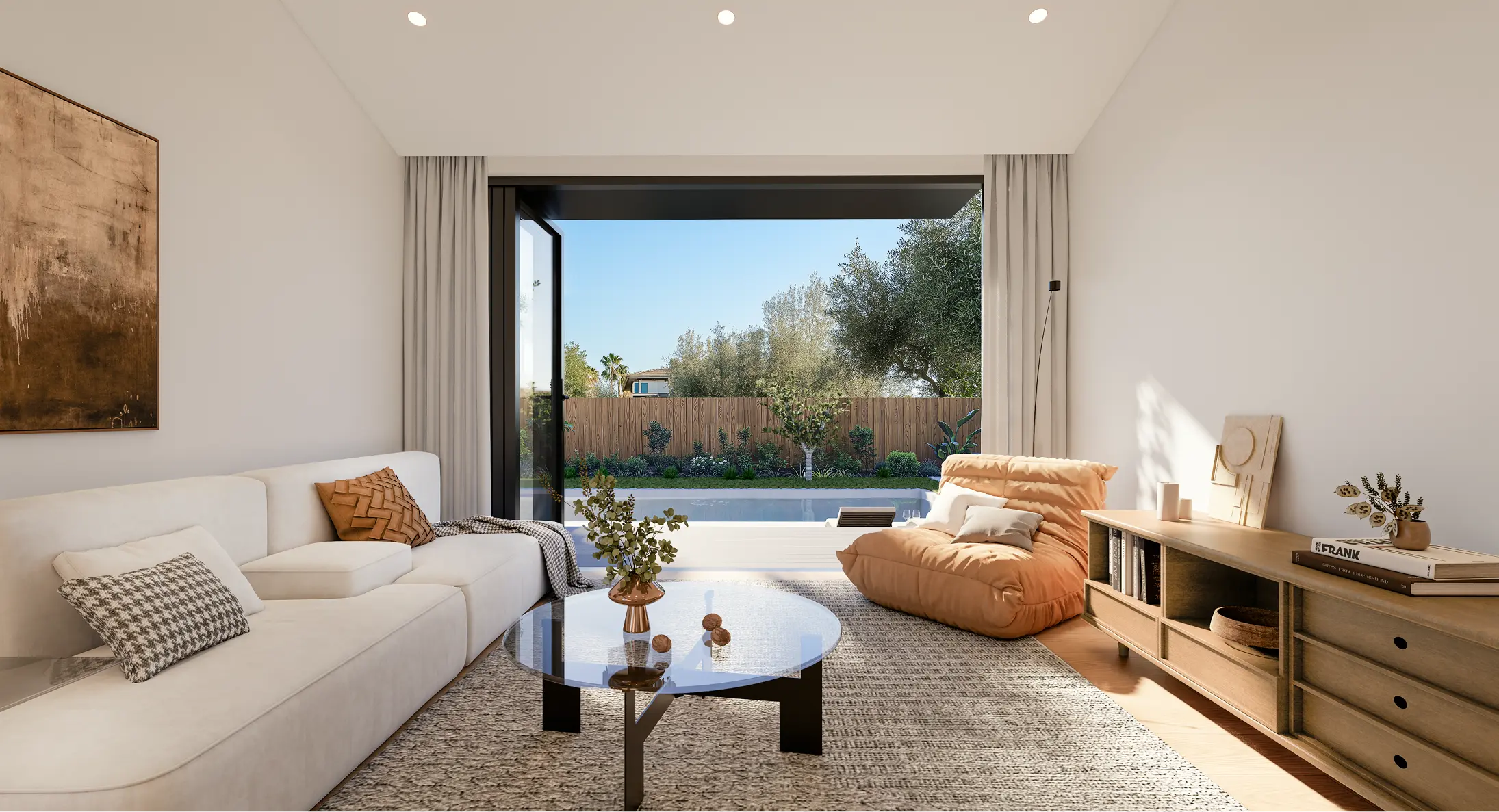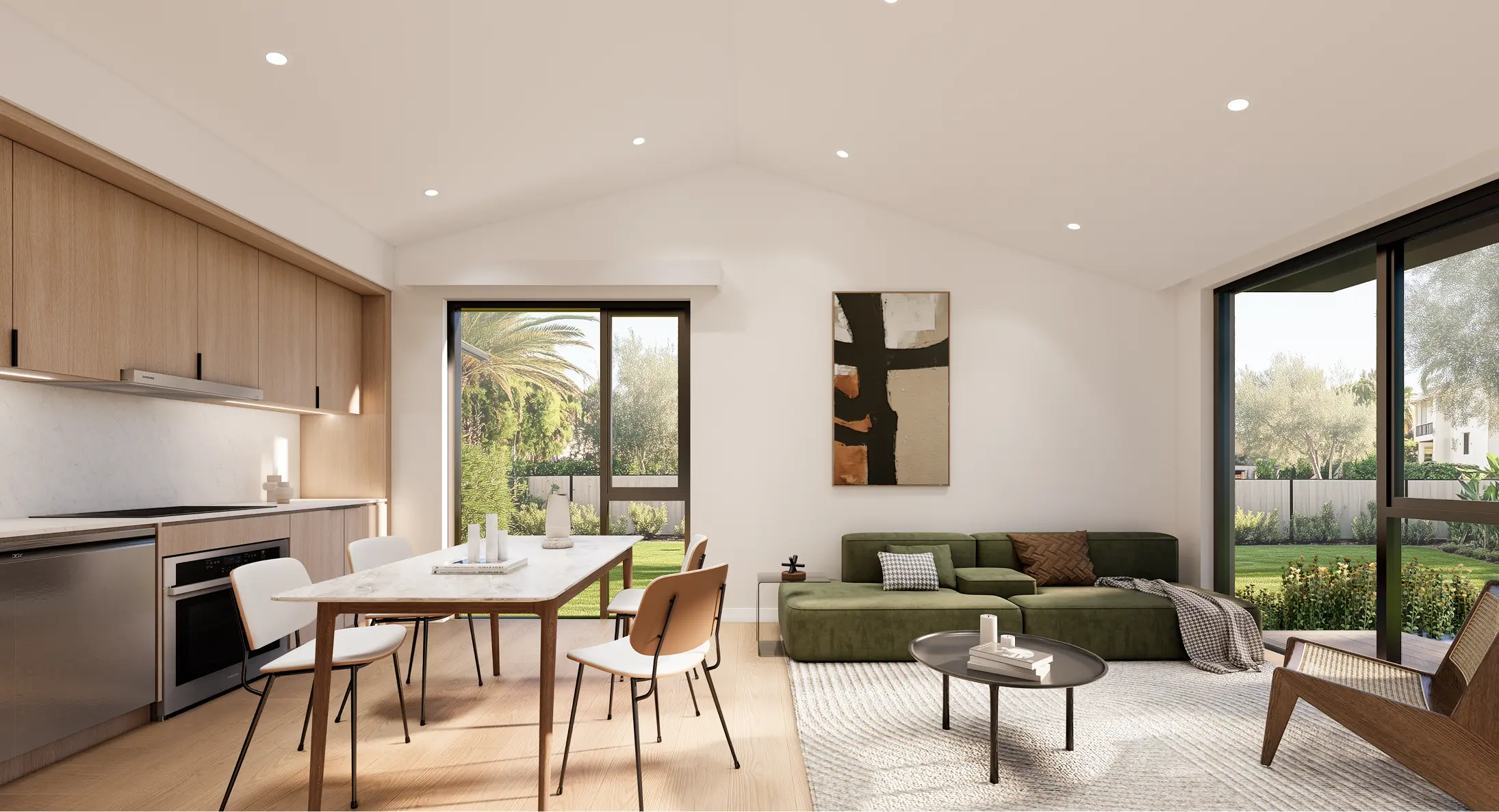
Building an ADU in Los Angeles in 2026: What Homeowners Should Know Now
How LiveLarge Prefab and Modular Homes Are Built for Fire Resistance

Are Prefab ADUs Fire-Resistant? A Guide for California Homeowners
If you’re a California homeowner thinking about building an ADU, modular home, or prefab unit—especially in a wildfire-prone zone—you’ve probably asked:
“Are prefab homes fireproof?”
“Can I build an ADU that’s fire-resistant in California?”
This guide breaks it all down.
We’ll show you how LiveLarge prefab ADUs and modular housing are designed to meet and exceed California’s fire safety standards—while still looking beautiful and performing like a dream.
Why Fire-Resistant Design Matters More Than Ever in California
Every year, wildfires destroy thousands of homes—many of them in Wildland-Urban Interface (WUI) zones where structures meet open land.
For homeowners in places like Sonoma, Altadena, Malibu, or the Central Coast, building a home or ADU that’s fire-resistant isn’t just smart—it’s essential.
That’s why LiveLarge builds each prefab and modular unit with a layered fire-protection strategy—from steel framing to ember-resistant vents.
What Makes a Fire-Resistant Prefab ADU?
1. Steel Framing: A Non-Combustible Structural Core
Most homes are built with wood, which can ignite easily. LiveLarge homes use light-gauge steel framing, which is:
This doesn’t make it “fireproof,” but it’s a smart foundational choice—especially when paired with other layers of protection.
2. Non-Combustible Siding: Fiber Cement & Stucco
Your exterior walls are a critical fire barrier. LiveLarge uses:
Compared to vinyl or wood siding, these materials won’t ignite when exposed to heat or embers.
3. Class A Roofing: The Top Defense Against Embers
Roofs are one of the most common ignition points during wildfires. That’s why we only use:
These materials are tested to withstand direct flame, embers, and extreme heat.
4. Glazing & Doors: Designed to Resist Heat
Windows and doors are weak points during fire events. LiveLarge ADUs come with:
5. Ember-Blocking Vents & Gutter Protection
Flying embers are the #1 cause of home ignition during wildfires. We use:
Optional Fire Safety Upgrades
For even more protection, we offer:
Comparison: Traditional Construction vs. Fire-Resistant Prefab ADUs
| Feature | Traditional Home | LiveLarge Prefab ADU |
|---|---|---|
| Framing | Wood (combustible) | Steel (non-combustible) |
| Siding | Wood/vinyl | Fiber cement/stucco |
| Roofing | Asphalt (Class B/C) | Class A shingles or metal |
| Windows | Dual-pane | Triple-pane tempered |
| Vents | Standard mesh | Ember-resistant vents |
| Build Time | 9–18 months | 4–6 months |
FAQ: Fire-Resistant ADUs & Modular Housing in California
Are prefab ADUs fireproof?
No home is completely fireproof, but prefab ADUs like ours are highly fire-resistant. We use non-combustible materials, ember-resistant vents, and Class A roofing to minimize fire risk.
Can I build a fire-resistant ADU in a high-fire zone?
Yes. LiveLarge prefab homes meet or exceed California’s WUI codes and can be fully permitted in high-risk areas.
Is steel framing better than wood in wildfires?
Yes. Steel is non-combustible and holds up better under heat. It won’t fuel a fire and helps maintain structure longer in extreme conditions.
What’s the best siding for fire-prone areas?
Fiber cement and stucco are two of the most fire-resistant options and are both used in our homes.
Final Takeaways: Why Choose a LiveLarge Fire-Resistant ADU?
Want to explore building a fire-resistant prefab ADU in California?
Visit our showroom or book a design consult to get started.
Discover More

Building an ADU in Los Angeles in 2026: What Homeowners Should Know Now

What LA Homeowners Learned From Their 2025 ADU Projects — And What You Should Know Before Building in 2026

Cost Per Square Foot in California: Why Homeowners Shouldn’t Trust This Number Alone
About Us
